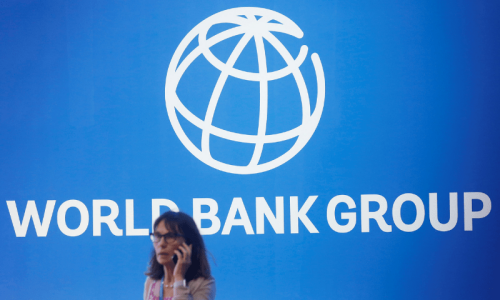LAHORE: Artificial rain was used for the first time in the country on Saturday to combat air pollution in Lahore, where hazardous levels of toxic smog choke the lungs of more than 11 million residents during winter.
Planes equipped with cloud-seeding equipment flew over 10 areas of the city — which remained the most polluted city on the Air Quality Index (AQI) on Saturday evening.
“Celebrating a groundbreaking moment in Lahore — the first-ever artificial rainfall to combat SMOG!” caretaker Chief Minister Mohsin Naqvi said on X (formerly Twitter). “Heartfelt thanks to the UAE government for their support, making our environment a priority without straining the provincial exchequer,” he said.
Later, the CM told a press conference that the experiment was conducted within a 15km radius of the Shahdara and Muridke areas, which had clouds. “We had been planning for artificial rain for the last 15 days. The artificial rain experiment is a gift from the UAE.”
Two planes from UAE fire 48 flares in 10 areas
Mr Naqvi said the impact of the artificial rain on smog would come to the fore on Sunday (today).
“Teams from the UAE, along with two planes, arrived here about 10 to 12 days ago. They used 48 flares to create the rain,” he said.
Mr Naqvi dismissed reports that some Rs350 million had been spent on the experiment, stressing that the provincial government was taking both short- and long-term measures to combat smog.
The UAE has increasingly been using cloud seeding, sometimes referred to as artificial rain or blue-skying, to create rain in the arid expanse of the country.
The weather modification involves releasing common salt — or a mixture of different salts — into clouds. The crystals encourage condensation to form as rain.
It has been deployed in dozens of countries, including the United States, China and India. Even very modest rain is effective in bringing down pollution, experts say.
Air pollution has worsened in Pakistan in recent years, as a mixture of low-grade diesel fumes, smoke from seasonal crop burn off and colder winter temperatures coalesce into stagnant clouds of smog.
On Saturday evening, Lahore’s air quality level was reported at 355. The worst-affected areas included Zacky Farms (543), Polo Ground Cantt (512), CERP Office (492), FAST University Lahore (490), Pakistan Engineering Services (469), Phase 8 Ivy Green (451), Netsol (438), Syed Maratib Ali Road (438), US consulate in Lahore (416), and the University of Management and Technology (403).
The main pollutant was PM2.5 — cancer-causing microparticles that enter the bloodstream through the lungs — whose levels were measured as hazardous in Lahore on Saturday at more than 66 times the WHO’s danger limits.
Breathing the poisonous air has catastrophic health consequences. Prolonged exposure can trigger strokes, heart disease, lung cancer and respiratory diseases, according to the WHO.
Successive governments have used various methods to reduce air pollution in Lahore, including spraying water on roads, and weekend shutdowns of schools, factories and markets, with little or no success. When asked about a long-term strategy to combat smog, Mr Naqvi said the government needed studies to formulate a plan.
Published in Dawn, December 17th, 2023











































